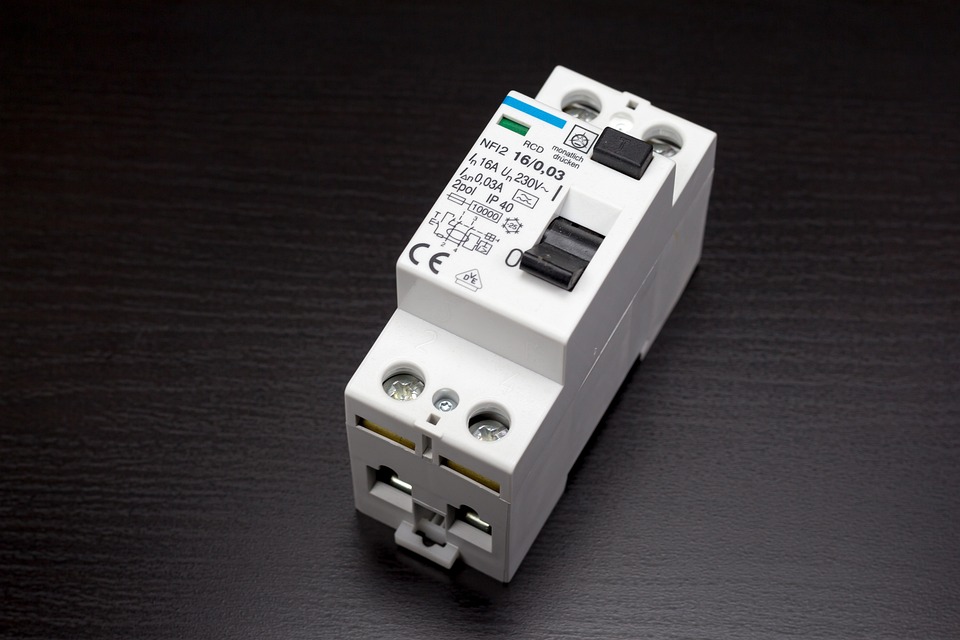Industrial control systems (ICS) are the backbone of many industries, providing the automation and control necessary to keep operations running smoothly. Unfortunately, these systems are also vulnerable to cyberattacks, which can cause significant disruption and financial losses. To protect against these threats, it is essential to take steps to secure industrial control systems from cybersecurity vulnerabilities.
The first step in securing industrial control systems is to identify and assess the risks. This involves understanding the system architecture, the types of data stored and transmitted, and the potential threats. Once the risks have been identified, it is important to develop a security plan that outlines the steps needed to protect the system. This plan should include measures such as implementing firewalls, encrypting data, and using secure authentication protocols.
The next step is to ensure that the system is regularly monitored and updated. This includes patching any known vulnerabilities, monitoring for suspicious activity, and responding quickly to any security incidents. It is also important to ensure that all users have the necessary training and access rights to protect the system.
Finally, it is essential to have a response plan in place in case of a security breach. This plan should include steps such as isolating the affected system, restoring data from backups, and notifying the appropriate authorities.
By taking these steps, organizations can ensure that their industrial control systems are secure and protected from cyberattacks. While there is no one-size-fits-all solution, these steps can help organizations reduce the risk of a security breach and minimize the potential damage.

















